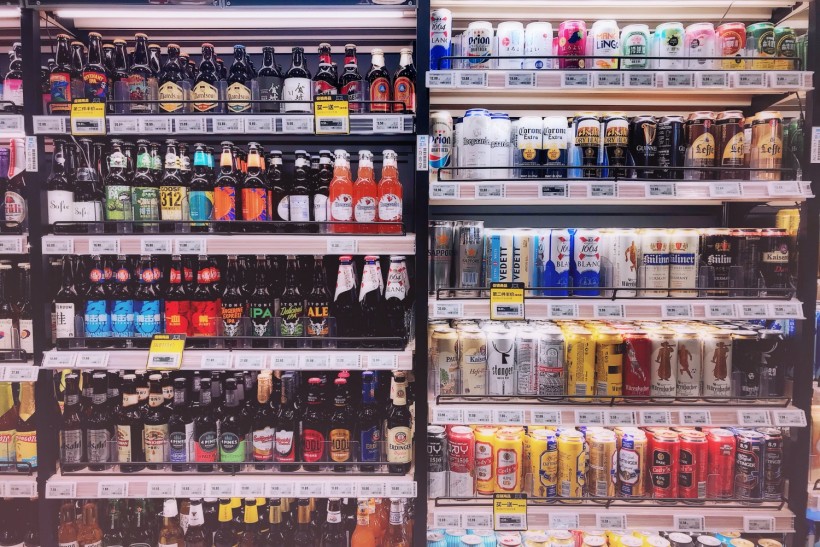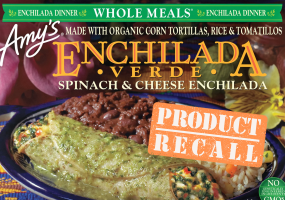Several types of microorganisms are responsible for producing nutritious foods and beverages, including yogurt, beers, and probiotic drinks. On the other hand, new research indicates that non-alcoholic beers contain pathogens that cause food-borne illness.
Non -Alcoholic Beers
 (Photo : Pexels/junjie xu)
(Photo : Pexels/junjie xu)

Beers that have been produced to contain less alcohol than the legal limit or from which the alcohol has been removed are considered non-alcoholic. According to the Food and Drug Administration (FDA) of the United States of America, beverages are permitted to claim that they are on-alcoholic as long as they remain below the limit of 0.5 percent alcohol by volume to be considered non-alcoholic.
As mentioned, when grains are fermented, microorganisms, typically yeast, convert the sugar in the grains into alcohol and other byproducts. Some older brands produce non-alcoholic beer by inhibiting the fermentation process, thus inhibiting the formation of flavors in the beer. In contrast, some brands boil the beer after fermentation to remove the alcohol. However, these traditional processes do not produce beer with exceptional flavor. Thus, manufacturers may occasionally add sugar or high-fructose corn syrup to compensate for the lack of sweetness, which might result in an overly sweet beer.
Moreover, high-tech, top-secret procedures are utilized by brewers at the forefront of the non-alcoholic craft beer movement to develop beers that have a flavor that is more similar to that of regular craft beer without the addition of sweets. They have a more robust, more pronounced taste and are frequently indistinguishable from the craft beers that contain alcohol that inspired them.
In 2022, Future Market Insights conducted a survey revealing that the global alcohol-free beer market is worth more than $20 billion and is anticipated to more than double by the year 2032. With these beverages, you may have a good time at the bar without having to worry about the adverse effects that alcohol has on your health. On the other hand, a recent study conducted by Cornell University published by the Journal of Food Protection discovered that non-alcoholic beers might introduce additional health risks in the future.
Read Also: Taco Bell is Bringing Back the Fan Favorite Double Decker Taco For a Limited Time
Food-Borne Pathogens in Non-Alcoholic Beers
Based on the acidity levels, storage temperatures, and alcohol content of beer, the primary researcher, Randy Worobo, a food scientist, and his colleagues analyzed the survival of bacterial infections. Additionally, they subjected bacterial strains to various acidic settings that are usual for alcoholic beverages and changed the alcohol content of a low-alcohol beer, which had been at 3.65 percent ABV at the beginning of the experiment.
Specialists investigated the ability of bacteria such as E. coli O157:H7, Salmonella enterica, and Listeria monocytogenes to survive in various environments. They found out that while L. monocytogenes eventually died, E. coli and Salmonella may persist for more than two months, particularly in non-alcoholic versions of the bacteria. These findings suggest that non-alcoholic beer is in an environment that is particularly favorable for forming pathogens.
On the other hand, regular beers, which have more significant percentages of alcohol by volume, did not display this sensitivity and are typically held in stores at temperatures equivalent to the ambient temperature. Furthermore, scientists recommended that breweries reevaluate their low and non-alcoholic beers, particularly those with a pH greater than 4.20, by talking with an operational authority who is informed of the thermal processing requirements of the beer.
Related Article: 5 Non-Alcoholic Beverages You Could Also Enjoy During Holidays
To keep up with the latest news on trending recipes, food safety, and more, follow Food World News!









